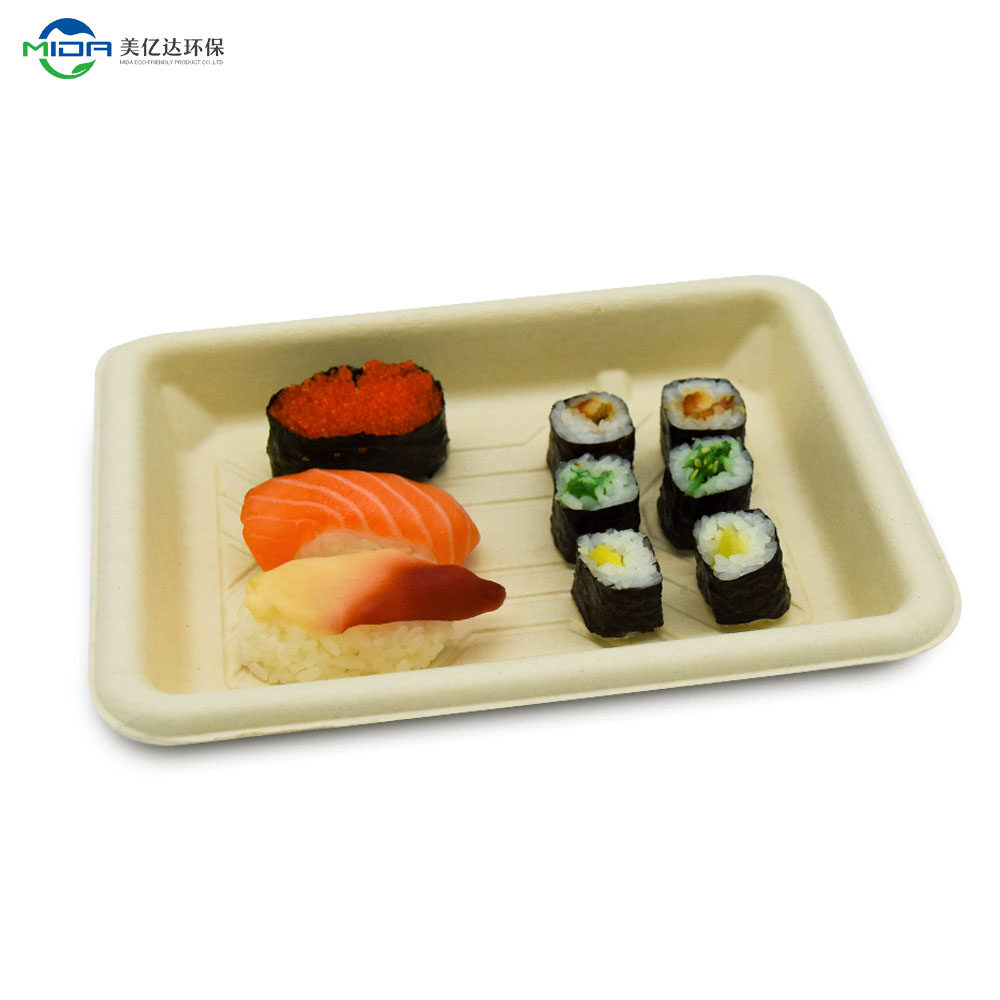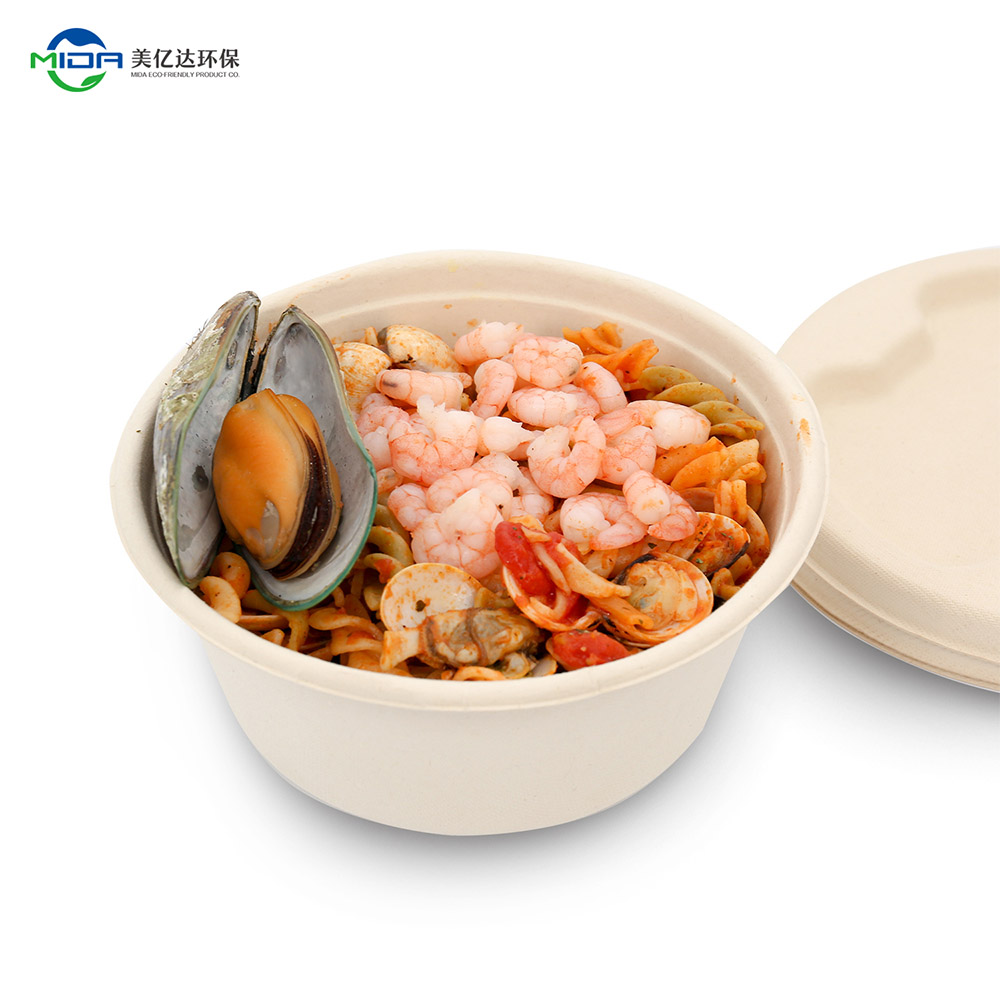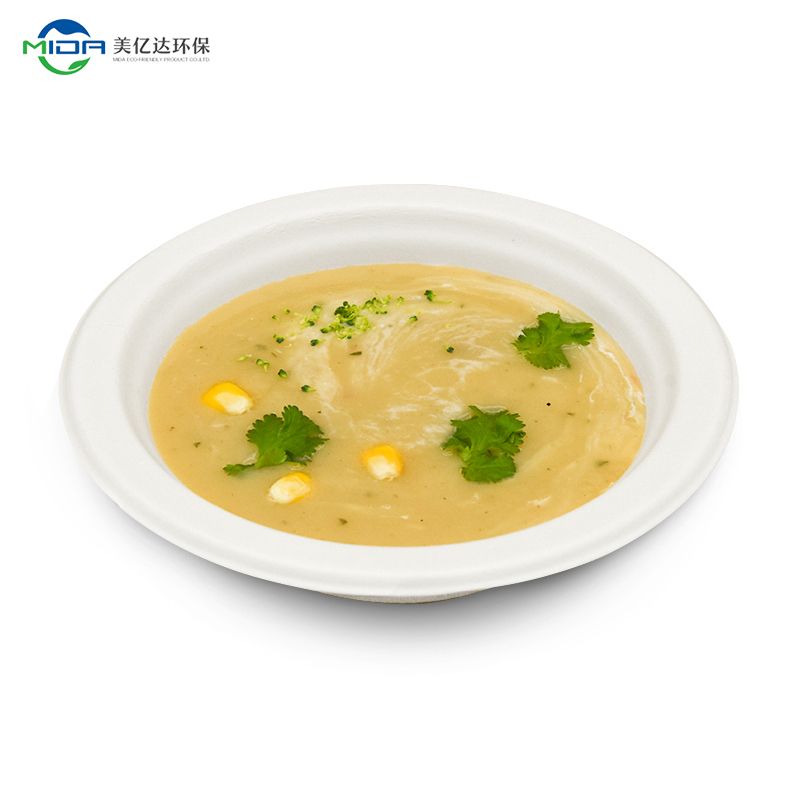In an era where environmental consciousness and sustainable practices are gaining paramount importance, the food industry is no exception. One of the most intriguing developments in this sphere is the emergence of biodegradable sushi trays. These trays not only cater to the sushi aficionado's palate but also cater to the planet by offering a sustainable packaging solution.
In this article, we delve into the fascinating world of biodegradable sushi trays, exploring their composition, advantages, adoption in the sushi industry, and their promising future.
Understanding Biodegradable Materials
Biodegradable materials are at the heart of the sushi tray revolution. These materials possess the unique ability to break down into natural components when exposed to the environment. This characteristic distinguishes them from conventional plastics, which persist for centuries.
Types of Biodegradable Materials
Bioplastics: These are synthetic polymers derived from renewable sources like cornstarch or sugarcane. They mimic the properties of traditional plastics but decompose more rapidly and harmlessly.
Plant-based materials: Made from natural sources like wood pulp or bamboo, these materials offer a more organic alternative to traditional plastic trays.
Natural fibers: Comprising materials like bagasse (sugarcane residue) or wheat straw, these trays are not only biodegradable but also compostable, enriching the soil.
Benefits of Biodegradable Sushi Trays
Environmental Impact
Reduction of Plastic Pollution: The most obvious benefit of biodegradable sushi trays is their contribution to reducing plastic pollution. Unlike their plastic counterparts, these trays do not linger in landfills or oceans, minimizing harm to ecosystems.
Decreased Carbon Footprint: The production of biodegradable trays typically involves fewer greenhouse gas emissions compared to conventional plastics, making them an eco-friendly choice.
Health Benefits
Non-toxic and Chemical-free: Biodegradable trays do not leach harmful chemicals into food, ensuring that your sushi remains safe and free from contaminants.
Preservation of Food Quality: These trays often feature superior moisture resistance, preserving the freshness and quality of your sushi, and ensuring an excellent dining experience.
Biodegradable Sushi Trays in Practice
Sushi Industry Adoption
The sushi industry has been quick to recognize the benefits of biodegradable trays. Many sushi restaurants and vendors have made the transition, aligning their business practices with eco-conscious consumers' values.
Consumer Awareness and Demand
As environmental awareness continues to grow, consumers are actively seeking sustainable dining options. Biodegradable sushi trays not only meet these demands but also serve as a marketing point for businesses looking to attract eco-conscious clientele.
Innovations and Future Prospects
Research and Development
Enhanced Durability: Ongoing research aims to improve the durability of biodegradable materials, ensuring that they can withstand various food types and packaging conditions.
Improved Compostability: Researchers are working on developing biodegradable trays that compost more efficiently, contributing to soil health and sustainability.
Expanding Applications Beyond Sushi
Takeout Containers: Biodegradable materials are finding their way into other aspects of the food service industry, including takeout containers, reducing single-use plastic waste.
Foodservice Industry: The adoption of biodegradable materials is expected to extend beyond sushi, revolutionizing the entire food service industry with sustainable packaging solutions.
Conclusion
Biodegradable sushi trays represent a remarkable fusion of culinary delight and environmental responsibility. As consumers increasingly prioritize sustainability, these trays offer an appetizing solution to a global problem. While challenges remain, ongoing research and innovation promise a future where biodegradable materials dominate the food packaging landscape, preserving both taste and the planet.







